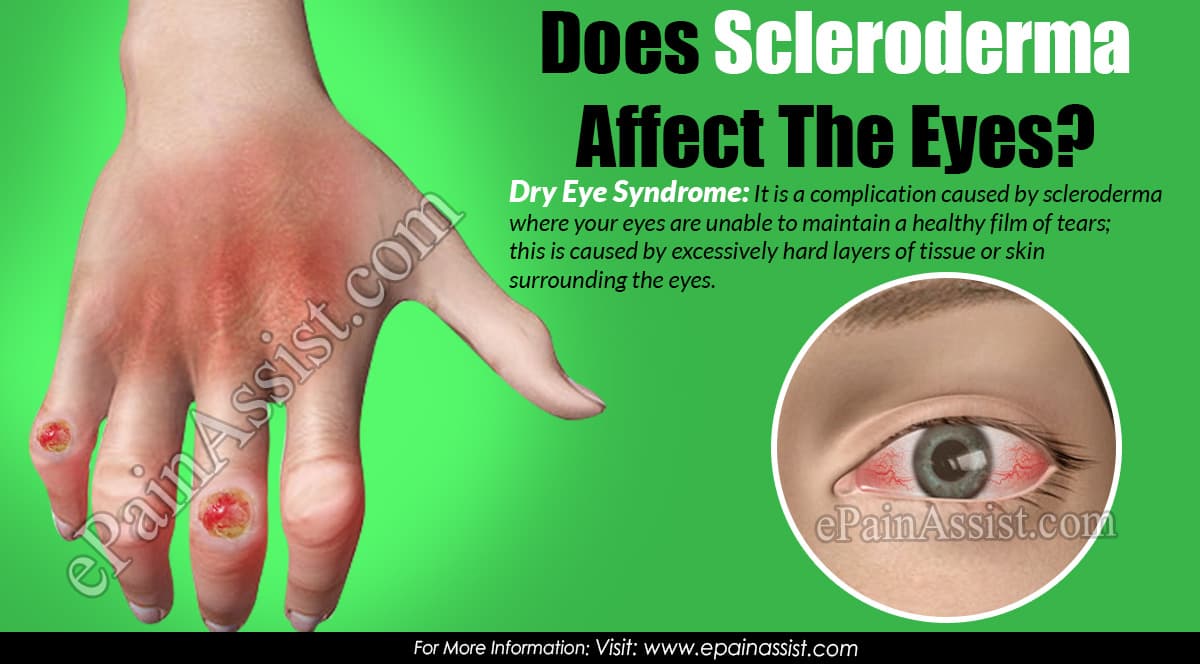Firstly, we have to know what scleroderma actually means, if you are just seeing this word for the first time don’t worry it’s not rocket science.
What Is Scleroderma?
Scleroderma, also known as systemic sclerosis is part of a family of diseases known to impair or affect connective tissues negatively. Connective tissues are found in all parts of the body, they are made up of fibers that help to support and hold the various cells of the body in place. These fibers are also made up of collagenous materials and fibroblasts (these are cells that stimulate immune response to repair damaged tissues in the body system), they contribute greatly to the body’s natural immune system responses.
What Are The Causes of Scleroderma?
Scleroderma is an autoimmune disease; this simply means that it causes the immune system of the body to respond abnormally to perceived danger or threats to the body. Collagen is a natural protein fiber produced by the fibroblasts, which helps to strengthen the human skin and is also a major component of hard tissues like fingernails and teeth. When a person has scleroderma, the immune system responds negatively to tissue damage and signals the body to produce excess collagen thereby leading to excessive hardening of the skin.
It could also be as a result of the body’s immune system thinking that the natural cells of the body are a danger and tries to defend the body against itself by signaling the fibroblasts to produce lots of collagen, this extra unused collagen gathers to form thick and hard areas that resemble scars. Scientists through years of research have not been able to pinpoint why this happens, but have laid out likely causes of scleroderma like physical injury, mental stress, exposure to toxic chemicals or genetic mutations.
There isn’t any way to know who would get scleroderma and what triggers this abnormal immune response, but having a family member who has scleroderma increases your chances of also having the disease. Like many other autoimmune diseases, scleroderma cannot be passed from one person to another, but genetics also increases the risk of it being passed through genes in family members. Now that we know what scleroderma actually is, we can now answer the burning question if it really does affect the eyes.

Does Scleroderma Affect The Eyes?
Having already understood that scleroderma affects connective tissues of the body and that these connective tissues are found all over the body, it is safe to agree that scleroderma really does affect the eyes, but you may ask, how?, scleroderma affect the eyes in a number of ways which we have to outline for a proper understanding.
Dry Eye Syndrome: It is a complication caused by scleroderma where your eyes are unable to maintain a healthy film of tears; this is caused by excessively hard layers of tissue or skin surrounding the eyes. With this problem, the eyes become very dry & vision might become blurred. However, this complication could be because of scleroderma or even medications prescribed to manage the signs of the illness. Using eye drops or changing medications could help relieve the complications.
Glaucoma: In glaucoma, the optic nerve becomes damaged due to high pressure within the eye. Generally without any sort of signs, glaucoma slowly decreases vision & might be brought on by high B.P (blood pressure) or low blood flow to optic nerve.
Retinal Vascular Occlusion: This is a situation where the blood vessels surrounding the retina becomes blocked, vision problems occur as blood supply to the retina could be affected and patients usually experience the sensation of a curtain coming down over the eye. Damage could be permanent, but sometimes these blood vessels could be treated with laser eye surgery to allow better blood flow.
These are some of the ways scleroderma could affect the eyes.
Conclusion
Scleroderma is a chronic disease and as such has no cure, but could be well managed by proper medical care in a number of ways including the following:
- Administration of blood pressure medication.
- Steroids and other drugs to help control immune response.
- Skin treatment including laser and light therapy.
- Exercise for overall better health.
Health is the greatest investment, so you make sure to always see a doctor in case of any signs of the scleroderma mentioned above.
Also Read:
